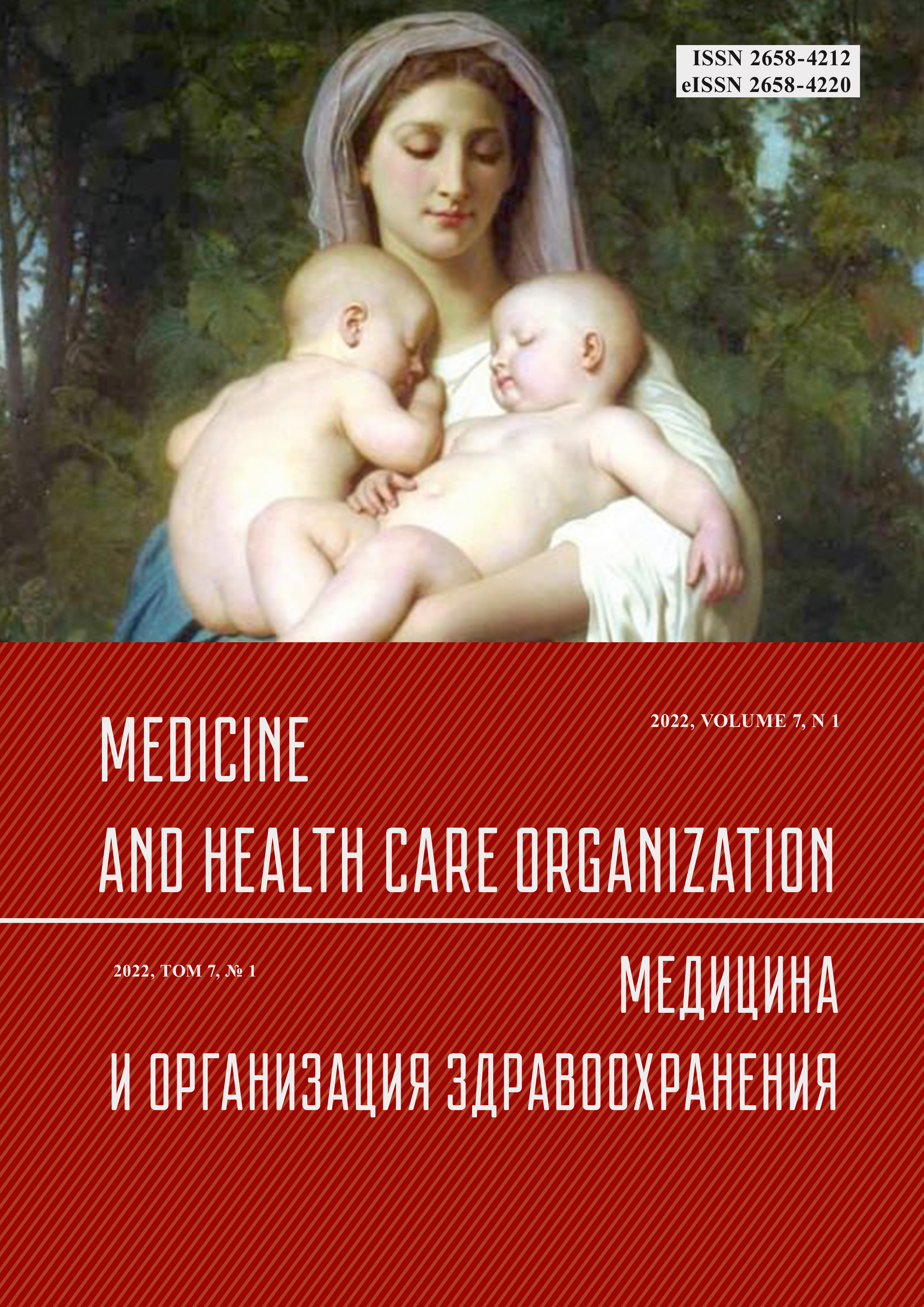THE INFLUENCE OF TECHNOGENESIS FACTORS ON THE FORMATION OF MORBIDITY INDICATORS OF THE URBAN POPULATION
Abstract
Currently, the study of the degree of technogenic air pollution in large cities is an important task of preventive medicine. This is due to the fact that in recent years more industrial enterprises appear in urban areas. These enterprises prove to be one of the factors of technogenic pollution of the environment. For this reason, the population of most industrialized cities is constantly exposed to elevated concentrations of certain chemicals emitted by various industries. Exposure to these substances can adversely affect human health. This emphasizes the need to assess the degree of environmental pollution in order to work out preventive measures. In this regard, the purpose of the study was to reveal the influence of technogenesis factors on the formation of morbidity rates in the urban population. 3754 information units of indicators were analyzed, based on the data of the State reports of the Ministry of Health of the Russian Federation, Rospotrebnadzor of the Russian Federation and official data of Rostekhnadzor. Two factors of environmental pollution were analyzed: emissions from combined heat and power plants (hereinafter referred to as CHP) and water quality in terms of microbiological and sanitary -chemical indicators in two industrial regions. The analysis revealed that the incidence rate and the prevalence of malignant neoplasms in the studied areas are influenced by a complex of environmentally determined factors, the prevailing of which is poor -quality water supply.



